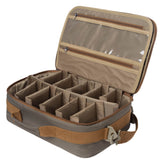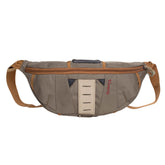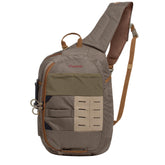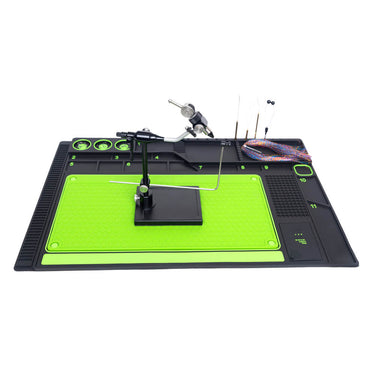Angling for Perch: The Art of Fly Fishing
Fly fishing for perch (Perca fluviatilis) can be an exciting and rewarding experience, especially in freshwater lakes, rivers, and slow-moving streams where these fish are abundant. While perch are not as commonly targeted as trout or bass with fly gear, they can be aggressive and willing to take well-presented flies. Here’s a guide to help you get started:
1. Understanding Perch Behavior
Habitat: Perch thrive in weedy areas, near submerged structures (logs, rocks), and drop-offs. They often school in shallow waters during warmer months and move deeper in winter.
Feeding Habits: Perch are opportunistic predators, feeding on small fish, insects, crustaceans, and larvae. They’re visual hunters, so bright or flashy flies can be effective.
2. Fly Fishing Gear for Perch
Rod: A 4–6 weight fly rod is ideal for perch. A medium-action rod provides enough power for small flies and light tippets.
Reel & Line: A standard freshwater reel with a floating line works well. A sink-tip or intermediate line can help reach deeper fish.
Leader & Tippet: Use a 7.5–9 ft leader tapered to 3X–5X (4–8 lb test). Perch aren’t leader-shy, but lighter tippets help with delicate presentations.
3. Best Flies for Perch
Perch respond well to small streamers, nymphs, and wet flies that imitate their prey:
Streamers:
Woolly Bugger (size 8–12, olive, black, or chartreuse)
Clouser Minnow (small sizes, white/yellow or perch-colored)
Zonker (minnow patterns)
Nymphs/Wet Flies:
Hare’s Ear (size 10–14)
Pheasant Tail Nymph
Small crayfish or shrimp patterns
Surface Flies (rarely used but can work):
Small poppers or foam bugs (if perch are surface-feeding).
4. Techniques for Catching Perch
Retrieve Styles:
Slow Strip: A gentle, intermittent retrieve mimics injured baitfish.
Fast Strip: Triggers aggressive strikes when perch are active.
Depth Control:
Use weighted flies or a sinking line to reach deeper fish.
Let the fly sink near weed beds or drop-offs before retrieving.
Sight Fishing: In clear water, target visible perch near structure with accurate casts.
5. Seasonal Tips
Spring/Summer: Focus on shallow weedy areas early/late in the day.
Fall: Perch feed aggressively before winter; try deeper edges.
Winter: Slow down retrieves and fish deeper holes (if ice-free).
6. Handling Perch
Perch have sharp spines on their dorsal fins—handle with care.
Use barbless hooks for easy release if not keeping them.
Final Tip
Perch are often overlooked by fly anglers, but they’re great for beginners and a fun target when trout are sluggish. Experiment with colors and retrieves to find what triggers bites!
Would you like recommendations for specific waters or fly patterns? Tight lines! 🎣















